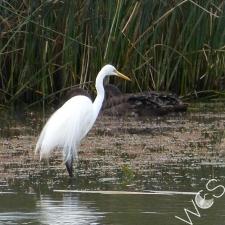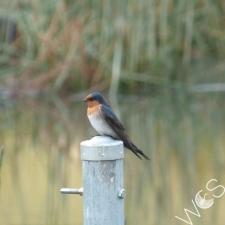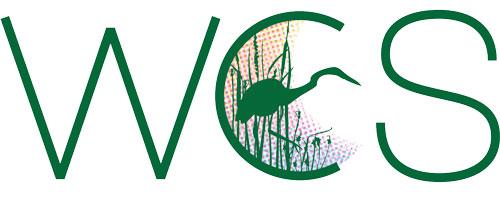Banyule Flats Reserve encompasses a large wetland of state environmental significance, and at over 46 hectares, is the largest intact grassy woodland in the inner Melbourne area.
The reserve is bordered by the Yarra River and Warringal Parklands (south), escarpments (north and west) and it connects to the Yarra Valley Parklands to the east.
The area includes Banyule Creek, Banyule Billabong, extensive reed beds, open water, ephemeral depressions and riparian and grassy woodlands. Overall it represents a diverse habitat, supporting the highest birdlife diversity in the middle Yarra.
In the past, the Wurundjeri people occupied this area, and artefact scatters and scar trees are found in and around the reserve.
The Banyule Estate was one of the earliest rural allotments in Melbourne and was purchased by Joseph Hawdon, who built Banuyule House in 1846. Drained in the mid 1800s, the flats were used for cattle grazing until the 1990s.
Walking, cycling, bird watching or relaxing, you may need some maps or information to stay on track.
Please click here to view our Photo Gallery
 This is a list of Fauna (mammals, reptiles and birds) observed at and near Banyule Flat and Warringal Parklands 1980 to 2016/17.
This is a list of Fauna (mammals, reptiles and birds) observed at and near Banyule Flat and Warringal Parklands 1980 to 2016/17.
Compiled by Richard H. Loyn (Eco Insights), Lyn Easton and Guy Dutson, based on an earlier document for Alice Ewing (Practical Ecology) and Fleur Anderson (City of Banyule) in July 2017, with additional historical records from the notebooks of Anthea Fleming, a published report of Beardsell (1997), a booklet on Birds of Heidelberg and the Yarra Valley (Warringal Conservation Society 1981), historical publications (Keartland 1900; Tarr 1948) and other observations that became known to us.
 This list includes all bird, mammal, reptile and frog species that we know have occurred at Banyule Flat, Warringal Parklands and nearby publicly accessible areas from 1980 to June 2017. It is mainly a compilation of our own observations. RHL has made intermittent observations mainly of birds and mammals since moving to Viewbank in 1987; LE has made almost daily morning walks since 2002, and a detailed study of the resident owls and frogmouths; and GD made frequent visits from 2009 to 2014, including searches for reptiles and frogs. AE has conducted formal surveys in 2014-16 as part of a project for the City of Banyule, and has also extracted data from the Atlas of Victorian Wildlife and BirdData (the database run by BirdLife Australia).
This list includes all bird, mammal, reptile and frog species that we know have occurred at Banyule Flat, Warringal Parklands and nearby publicly accessible areas from 1980 to June 2017. It is mainly a compilation of our own observations. RHL has made intermittent observations mainly of birds and mammals since moving to Viewbank in 1987; LE has made almost daily morning walks since 2002, and a detailed study of the resident owls and frogmouths; and GD made frequent visits from 2009 to 2014, including searches for reptiles and frogs. AE has conducted formal surveys in 2014-16 as part of a project for the City of Banyule, and has also extracted data from the Atlas of Victorian Wildlife and BirdData (the database run by BirdLife Australia).
